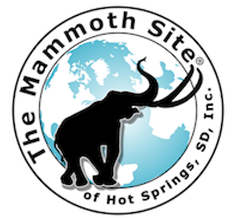Jim I. Mead, Justin S. Tweet, Vincent L. Santucci, Jeffrey T. Rasic, and Sharon E. Holte
Abstract – Proboscideans (Mammalia, Proboscidea) are an ubiquitous part of North American ver-tebrate faunas throughout the Miocene, Pliocene, and Pleistocene. Here we discuss the fossil record of proboscideans found on public lands administered by the National Park Service (NPS), which is comprised of 419 units. At least 276 of these units contain some aspect of fossil heritage for the USA. We present 63 NPS units and affiliated areas that have records documenting fossil proboscideans. The geological and paleoecological diversity preserved and represented in these 63 units record fossils from Arctic to tropical and steppe to rainforest environments. This is an invaluable data set that has yet to be fully recognized. The information presented here, much of which has not been published, is intended as a compilation to support researchers.
Introduction
Since 1916, the National Park Service (NPS, US Department of the Interior) has been entrusted with the care of our national parks, and as their mission, they are to preserve un-impaired the natural and cultural resources. The official emblem contains the arrowhead, mountains, Sequoia tree, and bison which represent aspects of our natural and cultural re-sources and exemplify the overall mission. The National Park System covers more than 85 million acres and is comprised of 419 sites with at least 19 different designations, including 130 historical units, 87 monuments, 61 national parks along with a number of other types of units. In addition, the NPS recognizes, but does not manage, National Natural Landmarks (NNL), National Historic Landmarks (NHL), and other affiliated sites. These preserved and recognized localities represent a significant expanse of geographic area of the USA and em-body a tremendous aggregate of natural and cultural heritage to conserve and understand. The geological and paleoecological diversity preserved in these lands and represented in their fossil record (from Arctic to tropical, and steppe to rainforest) is noteworthy and an invaluable data set that has yet to be fully recognized and understood (see overview about fossils on federal lands in Liggett et al. 2018).
On March 30th, 2009 President Barack Obama signed the Paleontological Resource Pres-ervation Act into law authorizing five federal land managing agencies, including the NPS, to understand, preserve, and conserve their fossil resources (see discussion in Santucci 2017). At least 276 NPS units contain some aspect of our fossil heritage. Here we concentrate on the vertebrate resources preserved or recognized by our nation’s National Park System (ad-ministrated and affiliated) and focus on one iconic group of mega-mammals, the probosci-deans. To help better understand the evolution of Proboscidea in North America, we provide
1The Mammoth Site, 1800 Hwy 18 ByPass, Hot Springs, SD 57747; Desert Laboratory on Tumamoc Hill, University of Arizona, Tucson, AZ 85745; and East Tennessee State University Natural History Museum, Johnson City, TN 37614, jmead@mammothsite.org; 928-853-6393. 2National Park Service, 9149 79th Street South, Cottage Grove, MN 55016, justin_tweet@nps.gov. 3National Park Service, Geologic Resources Division, 1849 “C” Street, Washington, DC, 20240, vincent_santucci@nps.gov. 4National Park Service, Gates of the Arctic National Park and Preserve, and Yukon-Charley rivers National Preserve, 4175 Geist Road, Fairbanks, AK 99709. 5The Mammoth Site, 1800 Hwy 18 ByPass, Hot Springs, SD 57747, sharonh@mammothsite.org. *Corresponding author: jmead@mammothsite.org.
Read the Full Research Paper Below
Lang Family Dig Building Dedicated
HOT SPRINGS, S.D. – Donations and support from local...
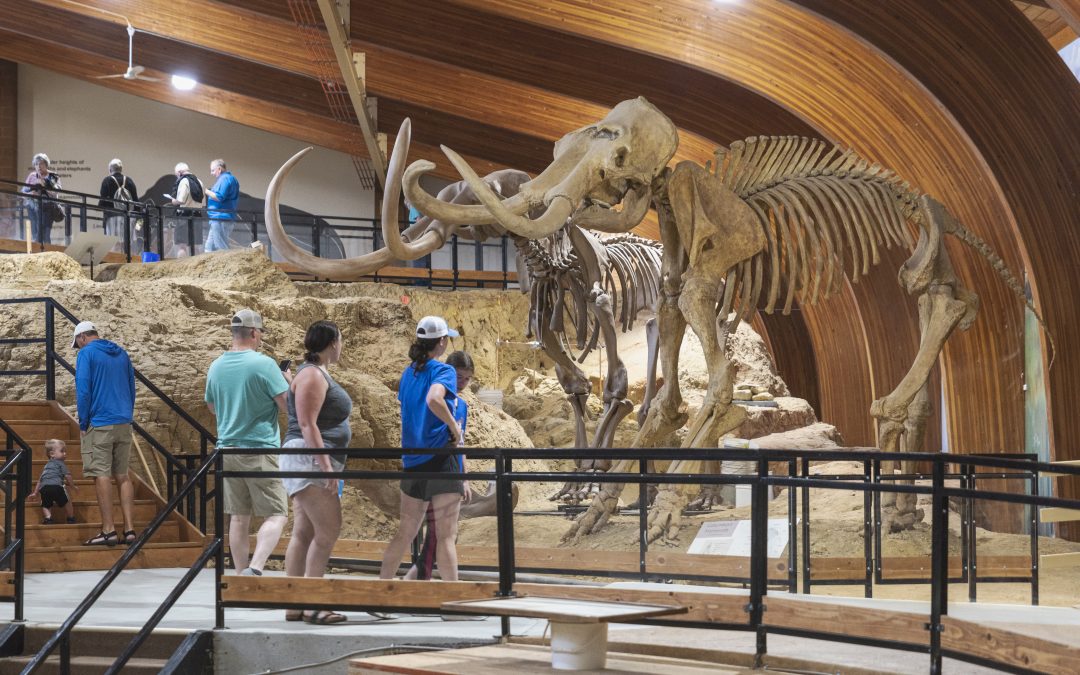
Mammoth Site Awarded Re-Accreditation from the American Alliance of Museums
For Immediate Release Release Date: July 14, 2023...
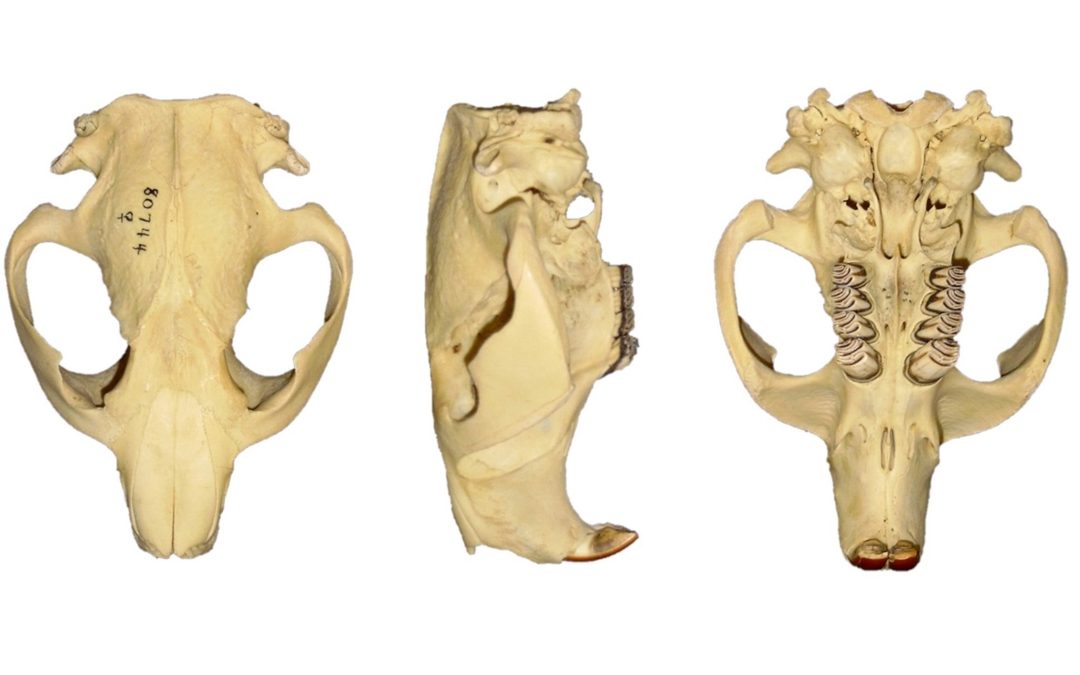
International Beaver Day
Kelly Lubbers, Bonebed Paleontologist Happy...
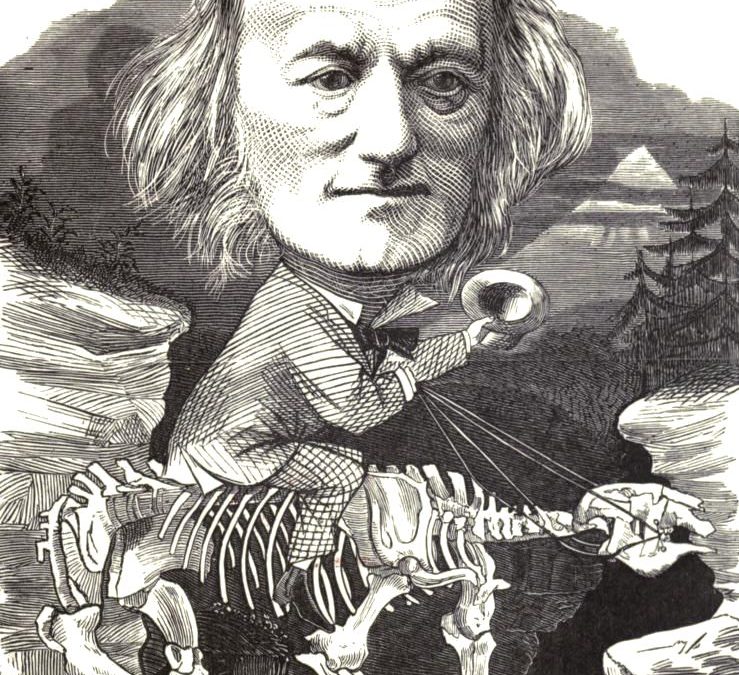
A Bone Voyage
“I have been wonderfully lucky, with fossil bones — some of the animals must have been of great dimensions: I am almost sure that many of them are quite new; this is always pleasant, but with the antediluvian animals it is doubly so.” —Letter from Charles Darwin to his sister Caroline, October 1832.
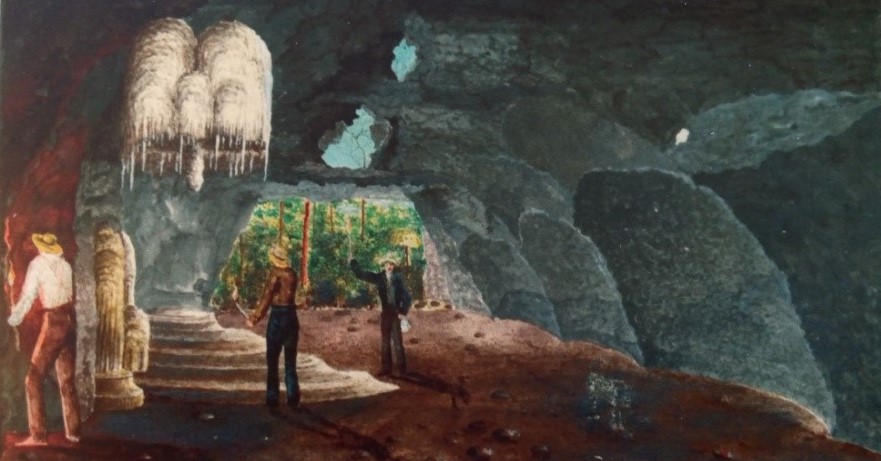
Botany and Bones in Brazil
By Greg McDonald The first discoveries of the ground...
The American Pronghorn and its Ancient Relatives
Richard S. White, Research Associate Antilocapra...
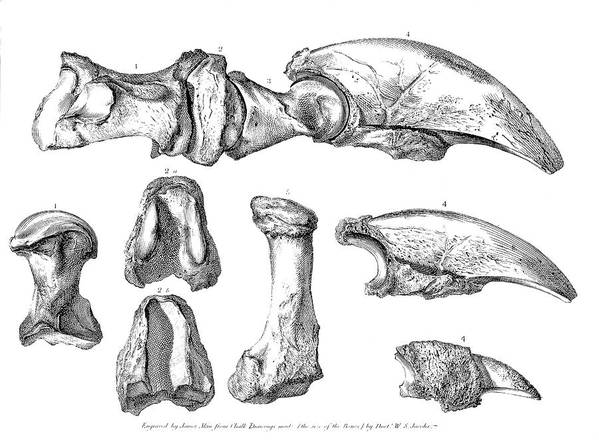
Saltpeter and Sloths
It was not long after Cuvier described the first...
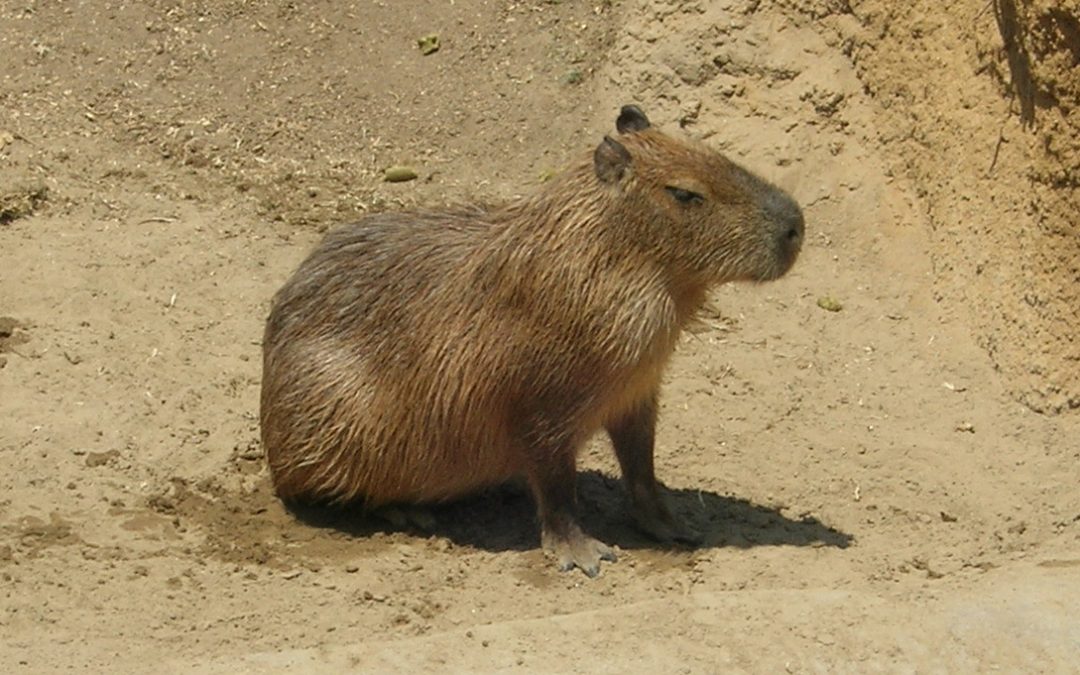
Mammoth Site Researchers Involved In Discovery of New Capybara Fossil Species
HOT SPRINGS, S.D. – Researchers from The Mammoth Site...
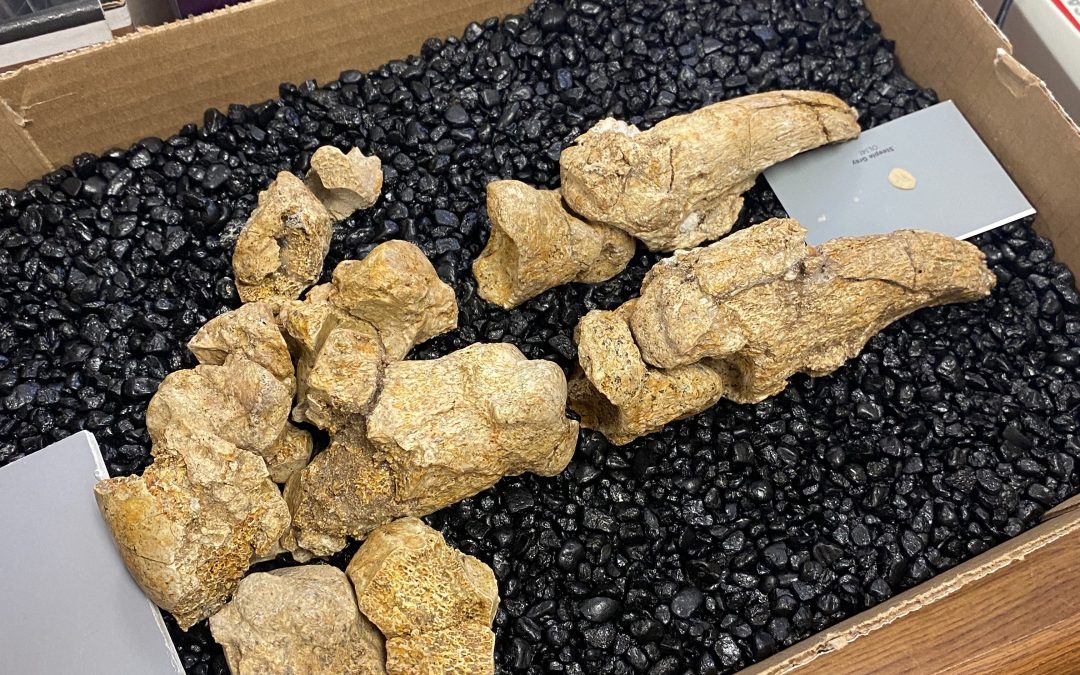
The Discovery of Sloths: Strange Animals in a Strange New Land
When you have an animal named after one of the seven...

Ancient Mitogenomes Reveal the Evolutionary
History and Biogeography of Sloths
SUMMARYLiving sloths represent two distinct lineages...
